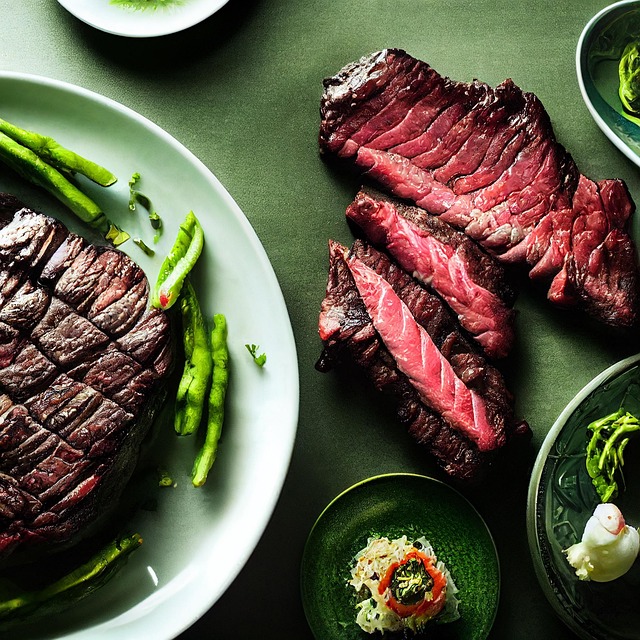
Macronutrients: What’s on Your Plate?
When it comes to nutrition, the term “macronutrients” often gets tossed around like a hot potato. But what exactly are they? Simply put, macronutrients are the nutrients we need in larger amounts to fuel our bodies. Think of them as the holy trinity of food: carbohydrates, proteins, and fats. Each plays a unique role in keeping us alive and kicking (and maybe even dancing!).
1. Carbohydrates: Your Body’s Best Buddy
Carbohydrates are like the reliable friend who always shows up with snacks. They are your body’s primary source of energy. When you munch on bread, pasta, or those oh-so-delicious cookies, your body breaks down the carbs into glucose, which is then used as fuel. There are two types of carbs:
- Simple Carbohydrates: Found in sweets and sugary drinks, these are perfect for a quick energy boost but can lead to a sugar crash faster than you can say “where’s my snack?”
- Complex Carbohydrates: These are your whole grains, vegetables, and legumes. They take longer to digest, providing a more sustained energy release. Think of them as the marathon runners of the carb world.
2. Proteins: The Building Blocks
Next up, we have proteins, the body’s construction crew. They’re essential for building and repairing tissues, making enzymes, and even supporting your immune system. Proteins are made up of amino acids, some of which your body can’t produce on its own, so you need to get them from your diet. Good sources include:
- Meat, poultry, and fish: The classic protein sources.
- Beans and legumes: A fantastic option for vegetarians and vegans.
- Dairy products: Cheese, yogurt, and milk are protein-packed and delicious.
3. Fats: The Misunderstood Nutrient
Fats often get a bad rap, but they’re not the enemy! In fact, they’re essential for hormone production, nutrient absorption, and even brain health. There are different types of fats:
- Saturated Fats: Found in animal products and some plant oils, these should be consumed in moderation.
- Unsaturated Fats: These are the good guys! Found in avocados, nuts, and olive oil, they can help lower bad cholesterol levels.
- Trans Fats: These are the ones you want to avoid like the plague. They’re often found in processed foods and can raise bad cholesterol levels.
4. Fiber: The Unsung Hero
While not a macronutrient in the traditional sense, fiber deserves a shout-out. Found in fruits, vegetables, and whole grains, fiber aids digestion and keeps you feeling full. It’s like the friend who reminds you to drink water during a party—essential for a good time!
Putting It All Together
So, how do you incorporate these macronutrients into your daily meals? Aim for a balanced plate that includes:
- Whole grains (for carbs)
- Lean proteins (like chicken or tofu)
- Healthy fats (think olive oil or nuts)
- Plenty of fruits and veggies (for fiber and micronutrients)
Remember, no healthy diet should exclude or seriously restrict any macronutrient. It’s all about balance. So, next time you sit down for a meal, think about how you can create your own delicious macronutrient masterpiece. Bon appétit! 🍽️

















 Who Was Jailson Mendes?
Who Was Jailson Mendes? 
 Health
Health  Fitness
Fitness  Lifestyle
Lifestyle  Tech
Tech  Travel
Travel  Food
Food  Education
Education  Parenting
Parenting  Career & Work
Career & Work  Hobbies
Hobbies  Wellness
Wellness  Beauty
Beauty  Cars
Cars  Art
Art  Science
Science  Culture
Culture  Books
Books  Music
Music  Movies
Movies  Gaming
Gaming  Sports
Sports  Nature
Nature  Home & Garden
Home & Garden  Business & Finance
Business & Finance  Relationships
Relationships  Pets
Pets  Shopping
Shopping  Mindset & Inspiration
Mindset & Inspiration  Environment
Environment  Gadgets
Gadgets  Politics
Politics 